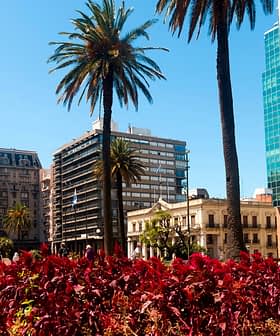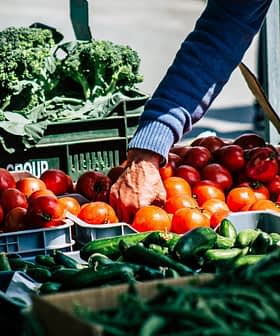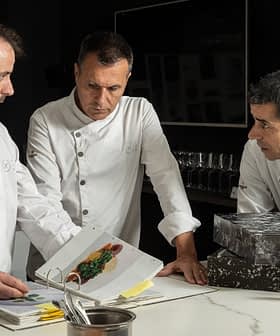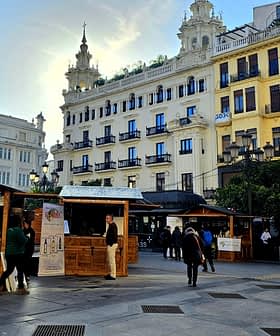Researchers Use Mathematical Models to Optimize Olive Oil Production
Using response surface methodology, Spanish scientists can now predict the impact that different variables have on the olive oil production process.
A group of researchers from Spain’s University of Jaén have developed new mathematical models that can help to predict the quality of extra virgin olive oil and optimize its production.
RSM allows us to obtain information that we will miss when employing classical methodologies. Its advantage is that one can study the combined performance of several variable factors, meaning the influence of each and the interaction existing among all.
The researchers developed these models using response surface methodology (RSM), which explores the relationship between independent and dependent variables involved in the production process and is often used to maximize the yield of a specific substance.
“RSM allows us to obtain information that we will miss when employing classical methodology,” Francisco Espínola Lozano, a professor at the University of Jaén and lead researcher on the study, told Olive Oil Times. “Its advantage is that one can study the combined performance of several variable factors, measuring the influence of each and the interaction existing among them all.”
Espínola Lozano said that the study explored, for the first time, a combined research of four technological factors: the size of the sieve and of the hammer mill that grinds the olives; the time and the temperature at which the olive paste is malaxed; and the doses of technological adjuvant used to improve the performance of the olive.
“Talc and caolitica clay are already authorized as technological adjuvants, but we used calcium carbonate and had better results,” he said. “This represents a promising research line.”
According to Espínola Lozano, the use of different mathematical models during the investigation allowed the researchers to discover the relationship between these technological and agronomic factors. For this reason, the models can determine the effects that olive variety, degree of ripeness, kind of cultivation (traditional, intensive, super intensive) and the use or lack of irrigation will have on the oil production process.
By applying RSM to a previously designed statistical experiment, the researchers also developed models that can predict the effect of the variation certain technological aspects have on the oil.
An example of this is the model’s ability to increase or reduce certain phenolic compounds with antioxidant and anti-inflammatory properties, such as oleocanthal, allowing for the creation of products with specific traits and variances, both in terms of flavor and health properties.
“In addition to yields, we studied regulated quality parameters and the contents of phenolic compounds (natural antioxidants) and volatile contents, which are responsible for aromas, evaluating more than 30 responses,” Espínola Lozano said.
He added that the mathematical models used depend on the oil trait that researchers want to improve.
These new models not only help predict the quality of olive oils, but also facilitate the automation of olive oil production at the mills. No specific technological adaptation seems to be required, only the application of the mathematical models adapted to the olives processed at the mill.
In case a mill decides to manage its production in a systematic and automated manner, the mathematical models can be included in the software that is used.
Espínola Lozano emphasized that mills currently handle olive production more as an artistic undertaking, which trusts the experience and intuition of olive masters, rather than as a process that must be handled with a scientific and technological approach.
In his view, it is important that the companies involved in olive production learn about the many possibilities scientific research opens and maximize their advantages.
This viewpoint is likely shared by the Junta de Andalucía, whose Council of Innovation, Science and Enterprises funded the project.








